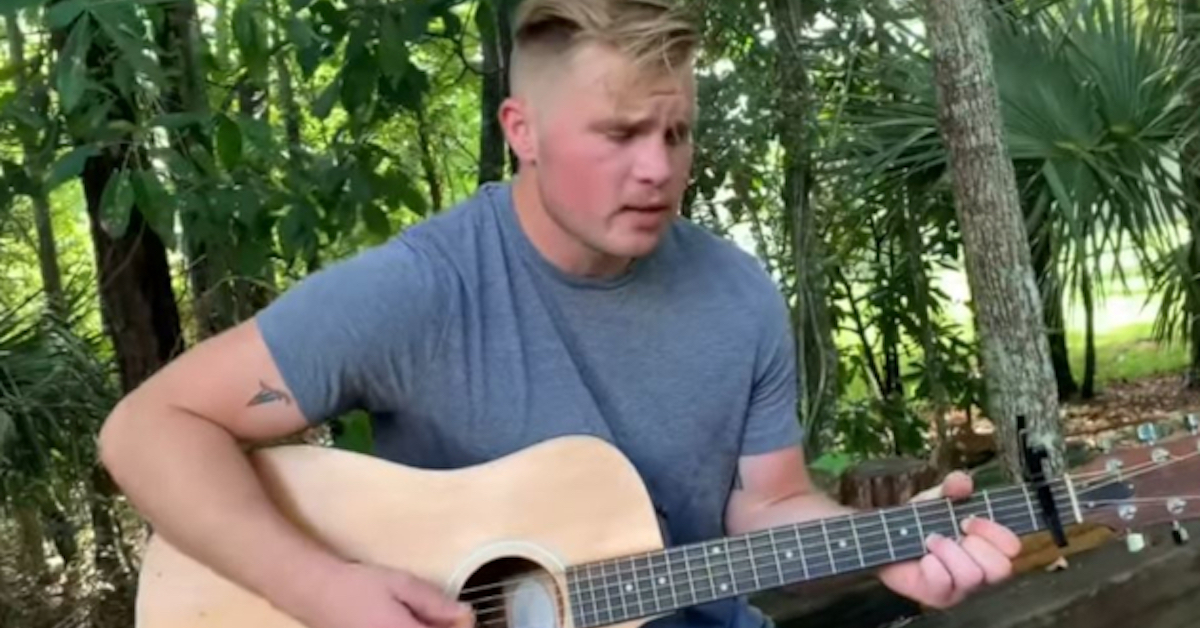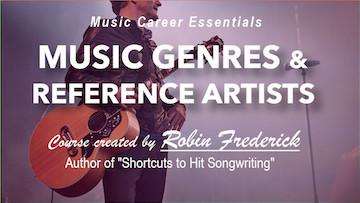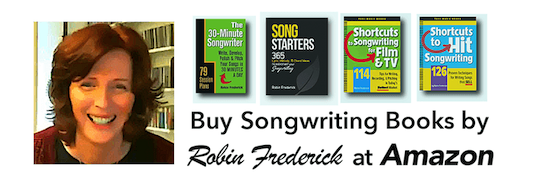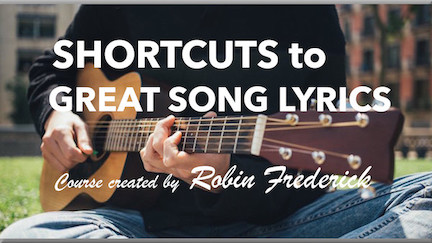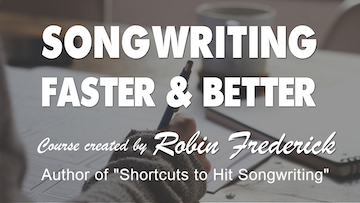There are two versions of this song, both released by the artist. This Song Guide refers to “Something in the Orange,” not “Something in the Orange – Z & E’s version.” There are differences in production and vocal performance.
WHY THIS SONG?
“SOMETHING IN THE ORANGE” by Zach Bryan reached the top of the Hot Country music chart in 2022 and is currently nominated for a Grammy for Best Country Solo Performance.
When it was released, it raced up the charts like a Rock star single even though the artist had never had a major label release before and the song was wildly different from anything else in the current mainstream Country genre.
How did that happen? Well, it’s a beautiful, emotionally moving ballad, but that alone wouldn’t put it on top of the Contemporary Country charts. Instead, I suspect it had something to do with this artist having eight song placements and a cameo appearance on the hit TV series Yellowstone, the most watched TV show of 2022. Although this particular song was not used in that series, it was featured in two others (Fire Country and Big Sky). Audiences were primed for more from this artist.
Here’s what’s interesting. While I don’t expect to see more songs just like this one on the mainstream Country music charts, I do expect to see a lot more placements in film and television where Alt Country and Americana songs are increasingly popular.
“Something in the Orange” – Zach Bryan
Songwriter: Zachary Lane Bryant
TECHNIQUES TO HEAR AND TRY:
• Lay out a Development Path..
• Use words with unexpected emotional associations.
• Produce an acoustic song for Film & TV.
LISTEN TO THE SONG. READ THE LYRICS.
Watch the lyric video on YouTube.
Read the lyric here.
GENRE/STYLE (Alt Country, Americana)
(What is a genre? Watch this video.)
Compared to mainstream Country hits, Zach Bryan and other Americana and Alternative Country artists take a more personal, vulnerable approach to Country lyric writing. In addition, their acoustic-based, rough-around-the-edges production style avoids the slick, polished sound of Nashville radio hits. They sound more like they’re making music on a back porch than an expensive recording studio.
This type of writing and production turns out songs that can add authenticity and character to a film or TV scene in ways that more mainstream hits can’t. To hear more, check out Americana and Alt Country playlists on Spotify or Apple Music. You’ll hear songs by Nathaniel Rateliff, Jason Isbell, Lucinda Williams, Colter Wall, Larkin Poe, Alejandro Escovedo, First Aid Kit, and Black Pumas to name just a few.
SONG STRUCTURE
The first half of “Something in the Orange” features a familiar structure, but the song ends with a verse and a repeated line that doesn’t occur in the rest of the lyric. The final verse is a kind of “tag” section that wraps up the song for the listener.
VERSE / VERSE / CHORUS
VERSE / CHORUS
INSTRUMENTAL BREAK / DOUBLE CHORUS
VERSE
THE DEVELOPMENT PATH
A strong lyric will develop an idea, a story, or an emotional situation over the course of a song. A good Development Path will take listeners from one point at the beginning of a song to another point at the end, keeping them interested and engaged along the way. In this song, the development occurs as the singer realizes he’s losing his lover.
Verse 1: The singer is hopeful that things will work out.
Verse 2: He realizes that she doesn’t love him, but he isn’t ready to let go.
Chorus: He describes his sense of loss and frustration.
Verse 3: He longs to go back to the way things used to be between them.
Double Chorus: He describes his sense of loss and frustration.
Verse 4: He realizes she is gone and pleads with her to come back.
This is a timeless theme with a strong development path that takes us deep into the singer’s emotions. There’s no detailed storyline here, just the singer realizing what he’s losing. This is a universal lyric; it could work with many film and television scenes. Let the scriptwriter handle the story details; the song is there to enhance the emotional impact of the scene for the listener.
– TRY IT NOW –
Many songs use similar development paths adapted to their own style and message. Try the development path I laid out above in a song of your own.
LYRICS
With its edgy imagery and personal revelations, “Something in the Orange” has a strong singer-songwriter vibe. In fact, I often refer to Alt Country as “Singer-Songwriter with a twang.” Like many singer-songwriter songs, the lyric is filled with visuals, physical sensations, and actions that help the listener feel what the singer is feeling.
WORDS WITH EMOTIONAL ASSOCIATIONS
When writing about emotion, we often use words and phrases that are associated with the emotion we want the listener to feel. Many words and phrases have strong emotional associations.
In this lyric, words like “eat at your bones,” “damned,” “where the hell,” “poison,” “tremble,” “creak,” “stare,” and “hate” all evoke associated feelings in the listener, feelings of darkness, damnation, fear, and loss. If the singer simply said: I’m afraid of losing you, it wouldn’t have anything like the effect that this list of words has. That’s the power of words with emotional associations.
WHAT DOES “ORANGE” MEAN?
But what if the songwriter uses a word or phrase with associations for listeners that are different from the emotion he or she wants to evoke in the song?
In this lyric, the image of orange light is associated with loss and loneliness. The problem is that listeners may not have those same associations. Orange is more typically associated with sunshine, energy, summer, and strength. So the songwriter needs to let us know what he means by “orange.” He does that in three different places in the song.
VERSE 1: The orange sunrise equals loneliness (“I miss you”) but there’s still hope (“we’re not done”).
VERSE 2: The harshness of the orange light bulb as she refuses to say what he wants to hear.
VERSE 3: Orange is the color of the loss and anger that touches everything in his world.
Listeners have to catch these hints about the qualities of orange light. If they don’t, the payoff line will be difficult to interpret: Something in the orange tells me you’re never coming home.
Find out more about using words that get a reaction from the listener.
– TRY IT NOW? Maybe not. –
If you’re going to try something like this—using a word in a way that might not be familiar to listeners—be sure to give them plenty of chances to hear that word or phrase in the way you want them to understand it. Surrounding it with words and phrases that express the feeling you want and underscoring it with melody and chords that convey the same feeling can be a big help here. For example, “rain” can be cozy or refreshing or cold and miserable. It will depend how you use it.
MELODY
The melody is a hybrid of traditional Folk and current techniques that we use to keep listeners engaged in our songs.
The verse melody rocks back and forth. Lines 1 and 3 rise slightly. Lines 2 and 4 descend as the singer fills us in on what’s happening.
The chorus melody then picks up the pace of the words and notes and changes up the rhythm pattern, adding more emotion and intensity to the chorus. There’s no bridge melody or pre-chorus in this song to add more melody contrast, so giving listeners a change of pace between verse and chorus melodies is important.
CHORDS
The chord progression in the verse starts with a minor chord, moves to a major then back to a minor—Em7, D, G then G, D, Em7. Because the beginning and ending chords are minor, the overall feel is minor—sorrowful and dark.
The chorus, however, starts with three major chords—C, G, D—before going to the Em. The major chords raise the energy level as the singer leaves the low-key despair of the verses behind, trading it for frustration tinged with anger. Major chords aren’t always happy chords.
See the chords with lyrics here.
PRODUCING ALT COUNTRY AND AMERICANA FOR FILM & TV
This production, unlikely as it is to be a radio hit, is a perfect fit for film and TV. The strength of the emotion in the arrangement and performance can effectively underscore scenes in which characters express intense feelings. The dark, moody guitars, stripped down approach to the arrangement, and raw presence of the singer’s voice work together to create a sense of impending trouble or loss.
The vocal has the kind of authentic quality that adds believability to a scene. In a very real sense, the singer of the song is a character in the scene. Think of it that way when recording and mixing your vocal. It’s not about perfect pitch; it’s about a believable performance.
– TRY IT NOW –
With the increase in the number of TV series using Americana and Alt Country song styles, think about making your songs more film and TV friendly by writing lyrics that focus on emotion rather than storytelling, music that underscores the feel of the song, and believable character vocals.
To find out more about writing songs for film and television, check out my Film & TV songwriting course. At just $40 with the discount in this email you’ll find a ton of information and plenty of scenes you can write to.
